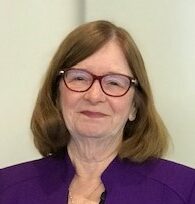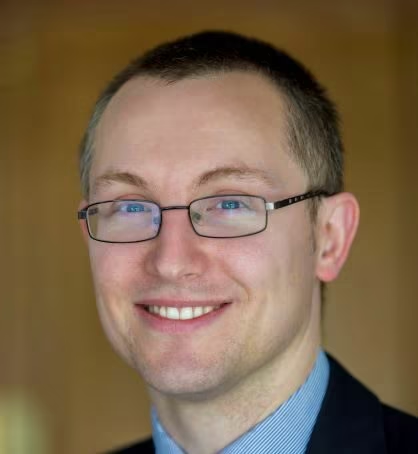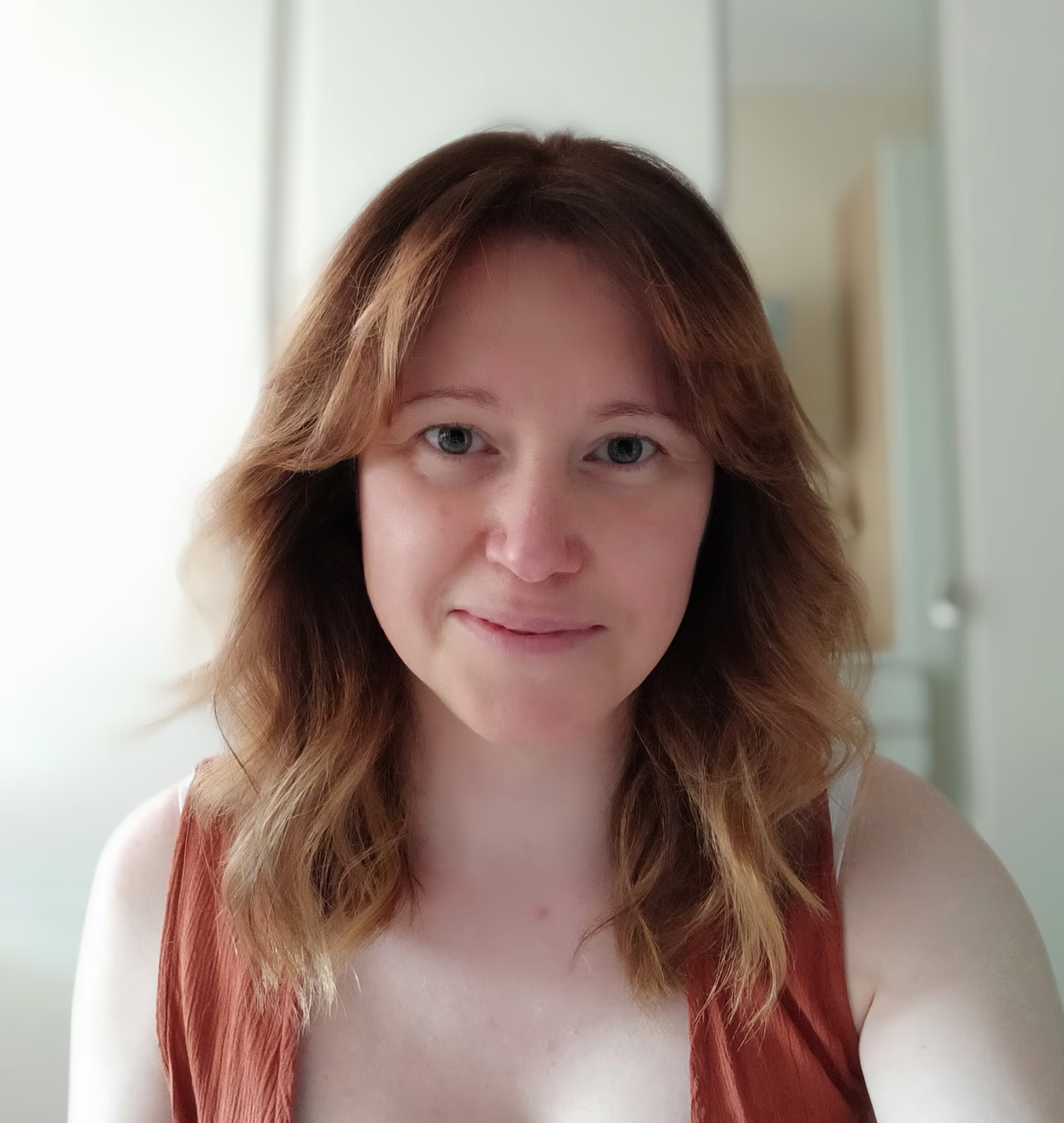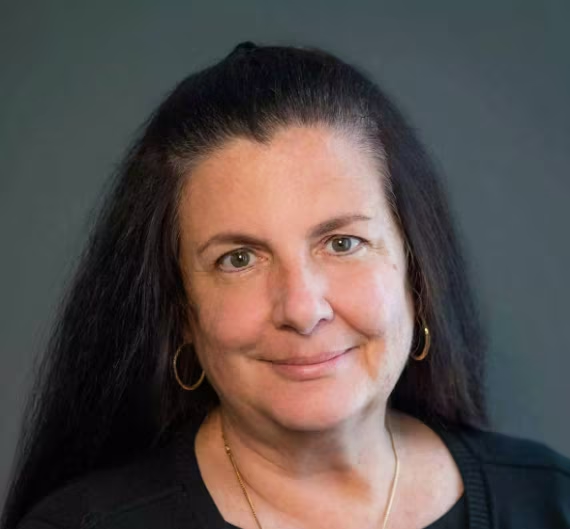In this activity, a pulmonologist, a radiologist and a primary care physician involved in diagnosing and managing patients with non-CF bronchiectasis share their experiences of recognizing and diagnosing the condition, and discuss their role within the MDT. Plus, hear from a patient on her personal journey to diagnosis with non-CF bronchiectasis and its impact on her daily life.
Target Audience
This activity has been designed to meet the educational needs of pulmonologists, radiologists and primary care physicians involved in the diagnosis and management of non-CF bronchiectasis.
Disclosures
USF Health adheres to the Standards for Integrity and Independence in Accredited Continuing Education. All individuals in a position to influence content have disclosed to USF Health any financial relationship with an ineligible organization. USF Health has reviewed and mitigated all relevant financial relationships related to the content of the activity. The relevant relationships are listed below. All individuals not listed have no relevant financial relationships.
Faculty
Prof. James Chalmers discloses: Advisory board or panel fees from AstraZeneca, Boehringer Ingelheim, Chiesi, GlaxoSmithKline, Insmed, Janssen, Novartis, Pfizer and Zambon. Grants/research support from AstraZeneca, Boehringer Ingelheim, Gilead Sciences, GlaxoSmithKline, Grifols, Insmed and Novartis.
Prof. Mary Salvatore discloses: Advisory board or panel fees, grants/research support and speaker’s bureau fees from Boehringer Ingelheim and Genentech.
Prof. Barbara Yawn discloses: Advisory board or panel fees from AstraZeneca, Boehringer Ingelheim, GlaxoSmithKline, Mylan and Teva. Grants/research support from GlaxoSmithKline (relationship terminated).
Ms Marta Almagro has no interests/relationships or affiliations to disclose in relation to this activity.
Content reviewer
Angela Massey Hill, Pharm.D., CPh, RPh has no financial interests/relationships or affiliations in relation to this activity.
Touch Medical Directors
Katrina Lester and Sola Neunie have no financial interests/relationships or affiliations in relation to this activity.
USF Health Office of Continuing Professional Development and touchIME staff have no financial interests/relationships or affiliations in relation to this activity.
Requirements for Successful Completion
In order to receive credit for this activity, participants must review the content and complete the post-test and evaluation form. Statements of credit are awarded upon successful completion of the post-test and evaluation form.
If you have questions regarding credit please contact cpdsupport@usf.edu.
Accreditations
Physicians
This activity has been planned and implemented in accordance with the accreditation requirements and policies of the Accreditation Council for Continuing Medical Education (ACCME) through a joint providership of USF Health and touchIME. USF Health is accredited by the ACCME to provide continuing medical education for physicians.
USF Health designates this enduring material for a maximum of 0.75 AMA PRA Category 1 CreditTM. Physicians should claim only the credit commensurate with the extent of their participation in the activity.
The European Union of Medical Specialists (UEMS) – European Accreditation Council for Continuing Medical Education (EACCME) has an agreement of mutual recognition of continuing medical education (CME) credit with the American Medical Association (AMA). European physicians interested in converting AMA PRA Category 1 CreditTM into European CME credit (ECMEC) should contact the UEMS (www.uems.eu)
Advanced Practice Providers
Physician Assistants may claim a maximum of 0.75 Category 1 credits for completing this activity. NCCPA accepts AMA PRA Category AMA PRA Category 1 CreditTM from organizations accredited by ACCME or a recognized state medical society.
The AANPCP accepts certificates of participation for educational activities approved for AMA PRA Category 1 CreditTM by ACCME-accredited providers. APRNs who participate will receive a certificate of completion commensurate with the extent of their participation.
Date of original release: 25 October 2022. Date credits expire: 25 October 2024.
If you have any questions regarding credit please contact cpdsupport@usf.edu





